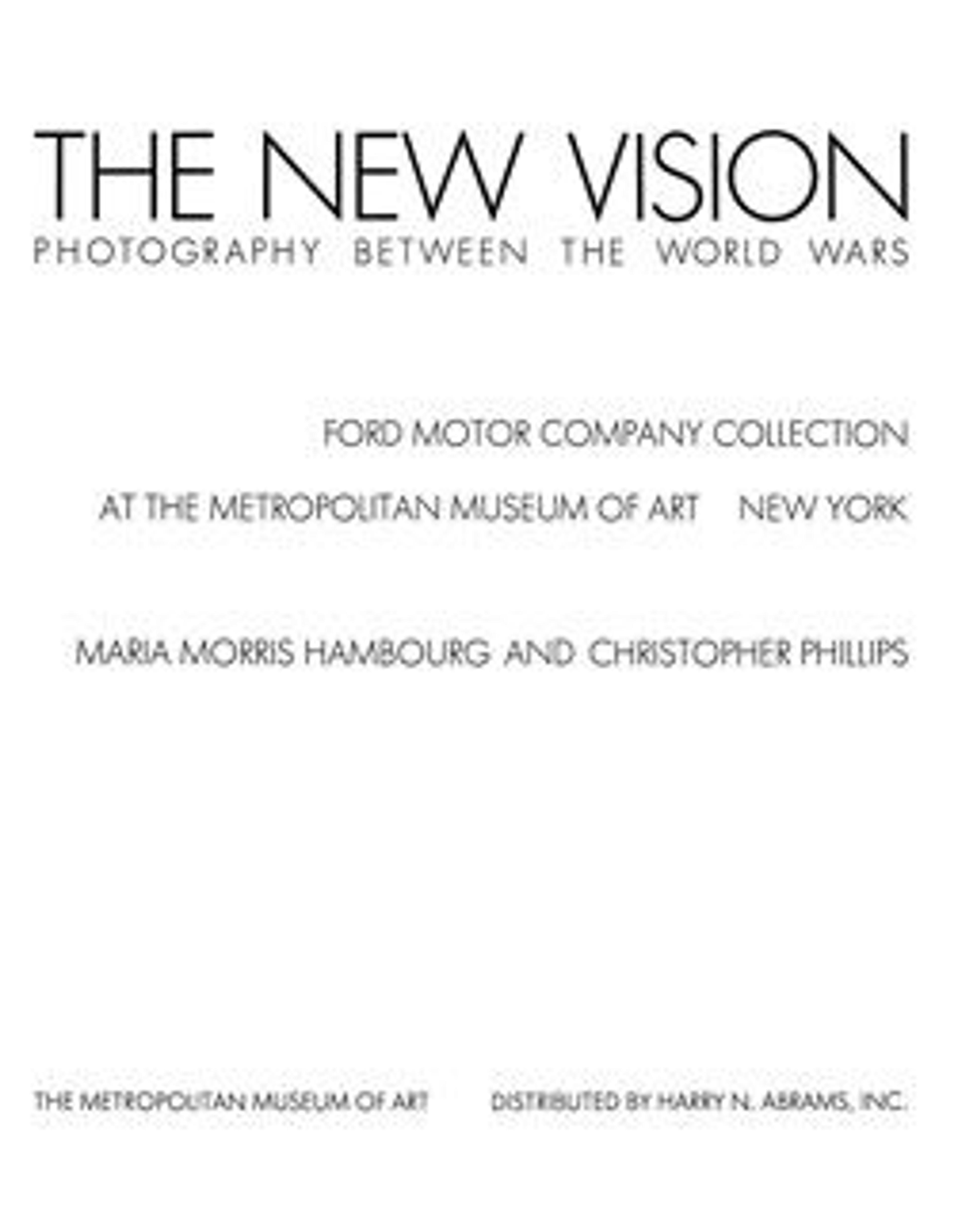Fotogramm
Moholy-Nagy played a key role at the Bauhaus in both Weimar and Dessau from 1923 to 1928, and at the New Bauhaus (later the Institute of Design) in Chicago from 1937 until is death in 1946. His major contribution to avant-garde photography was the new vision (das neue Sehen), in which he advocated a new approach to the medium, proposing the use of such techniques as the manipulation of light in cameraless photograms. Moholy-Nagy made this image by placing commonplace domestic objects on a sheet of photographic paper and exposing it to light. The resulting spatial, tonal, and gestural qualities of these abstract compositions challenged traditional modes of visual apprehension and representation.
Dancing on the Roof label text:
Although Moholy did not invent the photogram technique--which involved placing objects on photographic paper and exposing them to light--he made extraordinarily innovative use of it. In works such as this one, he delighted in the play of abstract forms in indeterminate space and the striking contrasts between the deepest black and the brightest white.
Dancing on the Roof label text:
Although Moholy did not invent the photogram technique--which involved placing objects on photographic paper and exposing them to light--he made extraordinarily innovative use of it. In works such as this one, he delighted in the play of abstract forms in indeterminate space and the striking contrasts between the deepest black and the brightest white.
Artwork Details
- Title: Fotogramm
- Artist: László Moholy-Nagy (American (born Hungary), Borsod 1895–1946 Chicago, Illinois)
- Date: 1925
- Medium: Gelatin silver print
- Dimensions: 23.8 x 17.8 cm (9 3/8 x 7 in.)
- Classification: Photographs
- Credit Line: Ford Motor Company Collection, Gift of Ford Motor Company and John C. Waddell, 1987
- Object Number: 1987.1100.160
- Curatorial Department: Photographs
More Artwork
Research Resources
The Met provides unparalleled resources for research and welcomes an international community of students and scholars. The Met's Open Access API is where creators and researchers can connect to the The Met collection. Open Access data and public domain images are available for unrestricted commercial and noncommercial use without permission or fee.
To request images under copyright and other restrictions, please use this Image Request form.
Feedback
We continue to research and examine historical and cultural context for objects in The Met collection. If you have comments or questions about this object record, please contact us using the form below. The Museum looks forward to receiving your comments.
